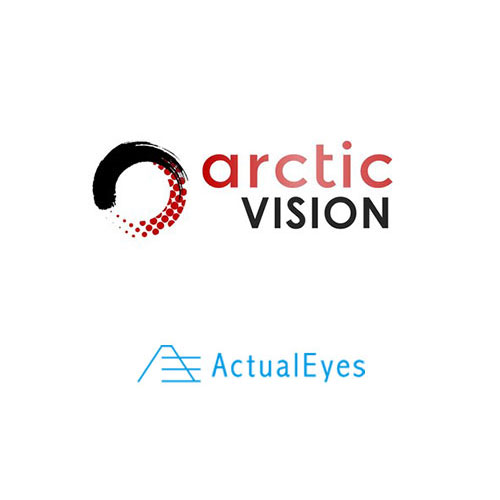
Arctic Vision of Shanghai and Japanese-based ActualEyes announced an exclusive licensing agreement for Arctic Vision to develop and commercialize ActualEyes’ lead product candidate, AE-101, for the treatment of corneal endothelial dysfunction in Greater China and South Korea.
Under the accord, ActualEyes may receive up to more than $35-million (U.S.), including an upfront payment, future regulatory milestones, and tiered royalties on net sales.
Corneal endothelial dysfunction is the result of severe endothelium damage caused by different pathologies, including Fuchs’ endothelial corneal dystrophy, pseudophakic bullous keratopathy, trauma, glaucoma and endothelial keratitis. More than one million patients suffer from corneal endothelial dysfunction in China and in the most severe cases, the most effective treatment is corneal keratoplasty, a demanding and technically challenging procedure for surgeons.
AE-101 is a novel cell-injection therapy developed using cultured human corneal endothelial cells combined with a Rho-associated kinase inhibitor. A study published in the New England Journal of Medicine and Ophthalmology led by ActualEyes’ scientific founders, Dr. Noriko Koizumi and Dr. Naoki Okumura, demonstrated that AE-101 can restore corneal endothelial function as well as vision, with no major treatment-relevant adverse reactions for up to five-years post-operation, which represents a paradigm shift in corneal regenerative medicine.
In a statement, Dr. Eddy Wu, founder and CEO of Arctic Vision, said China is a market with high prevalence of corneal diseases as well as huge unmet clinical need due to a shortage of donor corneas.
“The market potential is tremendous for more accessible therapies with greater safety and efficacy,” he added. “The licensing of AE-101 represents not only a corporate milestone of incorporating the first cell therapy in our pipeline, but also our commitment to an overall portfolio strategy aimed to discover and deliver breakthrough therapies for patients in China and Asia.”






